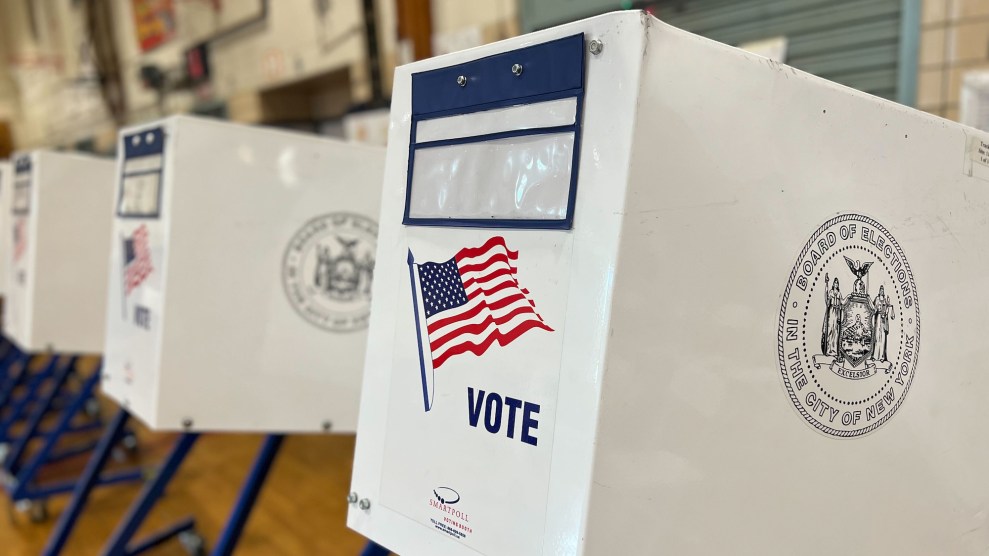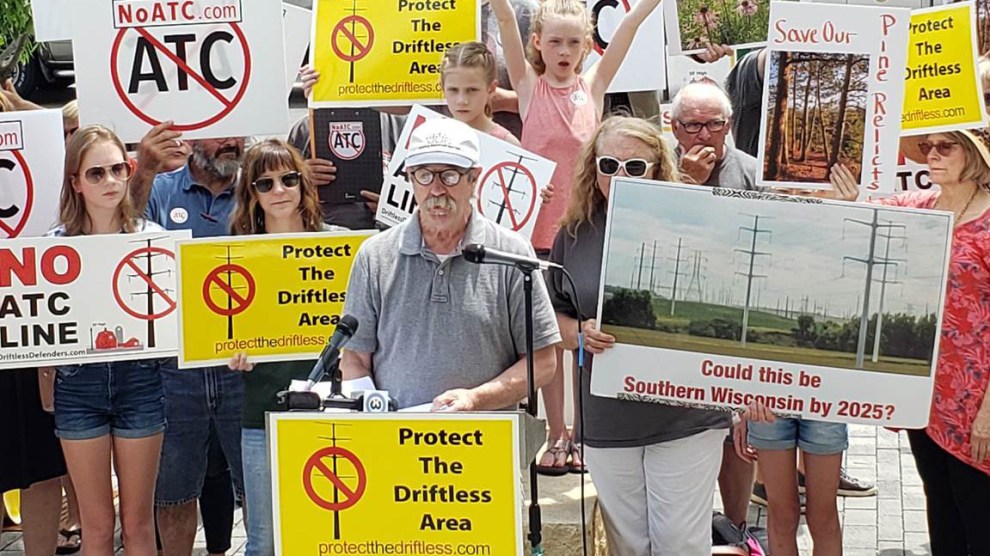I’ve written many times about how Americans of all ages have been set up for a fake intergenerational battle over supposedly scarce health care resources. The purpose of this phony competition is to distract us from the fact that the resources wouldn’t be so scarce to begin with if we would only reduce the profits of the insurance and drug industries.
It’s an old bait and switch tactic, and the mainstream media have fallen for it hook, line, and sinker. So instead of talking about greedy drug companies that gouge people for drugs they need to survive, or greedy insurance companies that let people die to keep up their share prices, we’re all talking about the greedy old farts on Medicare who don’t want their services cut to pay for younger people’s insurance.
The latest take on all of this, as described in over the weekend in the New York Times, pits the old (over 65) against the not-so-old (50-64). The article focuses on the conflict within AARP, which has spent several decades hitting people up for membership the day after their 50th birthdays, and now includes members from both these warring age groups:
Its 40 million members are split about evenly between those who have access to Medicare, the federal government’s health program for the elderly, and those who are too young to be eligible for such benefits. The younger members, or those between the ages of 50 and 64, sometimes face terrible choices in the private insurance market, with age and declining health status making premiums high and benefits poor. But members 65 and older get among the most secure medical benefits in the country, and many are in no mood to share.
So this is what it’s come to in the American health care system: Sickly 60-year-olds just trying to hold out until they can get their Medicare cards. Cranky old folks hoarding their Medicare benefits against the encroaching middle-aged mob. People eyeing each other suspiciously across the 65-year age divide, fearing and resenting one another.
Do you think people of different generations look at each other this way in Paris? Or in London, or Dusseldorf, or Adelaide, or Kyoto, or Ottawa? Of course they don’t. That’s because in those countries, everyone has Medicare. In most of them, everyone has Medicare that’s better than our Medicare. They all carry around the same little card in their wallets—the one that shows their membership in their country’s national health service. And you know what they have to do to get that card? They have to be born. That’s it. No age restrictions. No waiting periods. No physicals or tests or worries about pre-existing conditions. And no premiums to pay.
I am more than sympathetic toward the plight of people in their 50s and early 60s. I know my own body started to give me trouble at about 55, and I don’t know what I would have done if I hadn’t had a job with health insurance. I’ve recently written about how the Baucus plan screws people in that age group by permitting insurance companies to discriminate against them. But the solution to these problems isn’t cutting Medicare benefits for people over 65–it’s giving Medicare benefits to people under 65. If everyone loves Medicare, and everybody’s just waiting and hoping and biding their time until they can sign up, why not let them do it now?
Some proponents of an incremental approach have actually suggested just this—opening up Medicare to ages 50 through 65, with some financial contribution from enrollees. And many single-payer advocates, myself included, have simply called for “Medicare for All.” Since single-payer health care systems deliver better care for 20 to 40 percent less money, there would be no need to cut services to any generation.
So as a member of the over-65 crowd and a card-carrying Medicare recipient, here’s what I have to say to younger Americans: We’ve got our single-payer plan. Go get your own.















